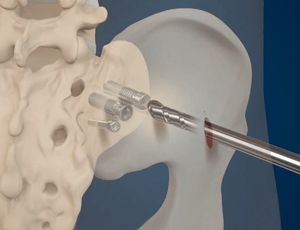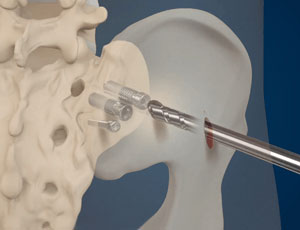
Introduction
Sacroiliac (SI) joint dysfunction can lead to debilitating pain, affecting your quality of life. For those suffering from chronic pain in the lower back and pelvis, sacroiliac fusion may be a viable solution. In this post, we'll explore what sacroiliac fusion is, the conditions it addresses, and what to expect during the procedure.
What is the Sacroiliac Joint?
The sacroiliac joint connects the pelvis to the lower spine. It plays a crucial role in weight-bearing and movement. When this joint becomes dysfunctional, it can lead to pain that radiates to the lower back, hips, and legs.
Why Consider Sacroiliac Fusion?
For patients who have not found relief through conservative treatments like physical therapy, medication, or injections, sacroiliac fusion may be recommended. This surgical procedure aims to stabilize the SI joint, reducing pain and improving function.
The Surgical Procedure
During sacroiliac fusion, the surgeon will:
- Access the Joint: A small incision is made over the SI joint.
- Prepare the Joint: The damaged cartilage is removed to facilitate fusion.
- Insert Bone Grafts: Bone grafts or a fusion device are placed in the joint space to promote healing and stability.
- Close the Incision: The incision is then closed, and a bandage is applied.
Recovery and Rehabilitation
Post-surgery, patients can expect a recovery period that includes rest and gradual rehabilitation. Physical therapy is often recommended to help regain strength and mobility.
Conclusion
Sacroiliac fusion can provide significant relief for those suffering from SI joint dysfunction. If you're considering this option, consult with a qualified spine surgeon to discuss your specific condition and treatment plan.


